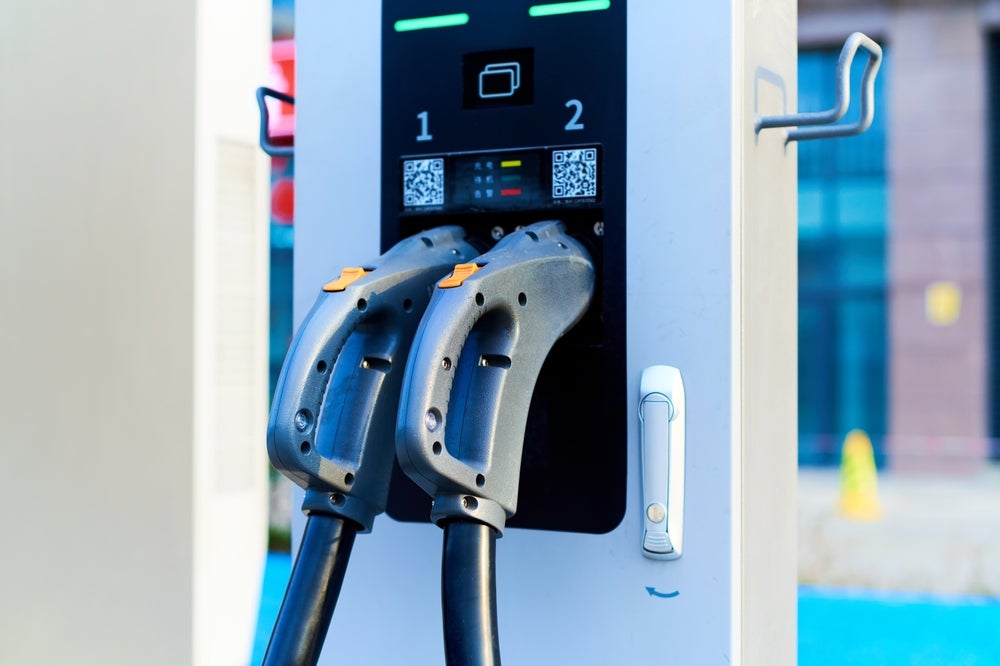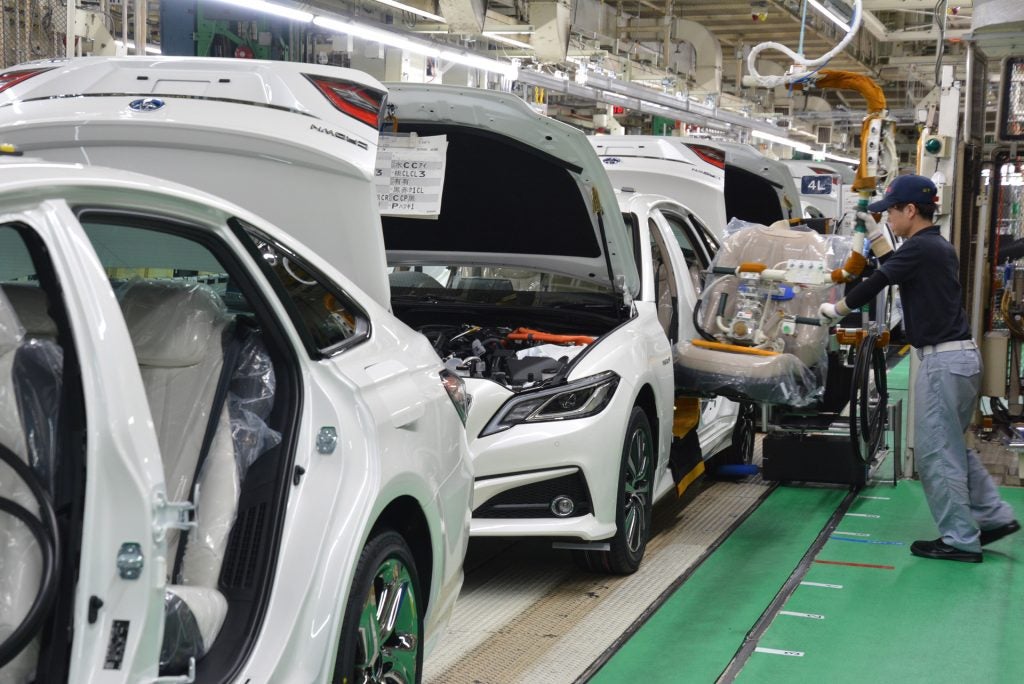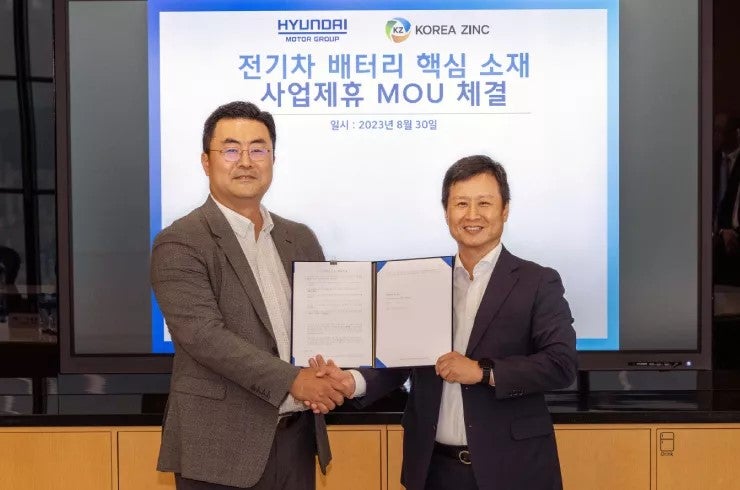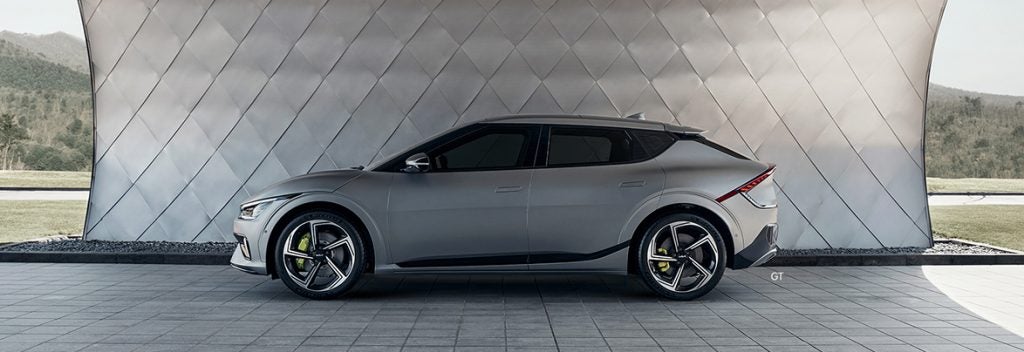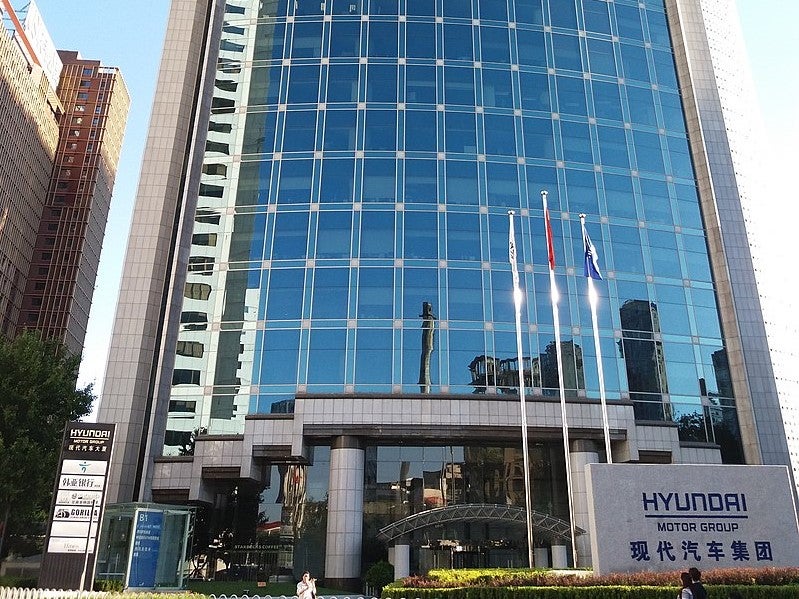
Hyundai Motor Company has announced it has formally put its vehicle manufacturing plant in the Chinese city of Chongqing up for sale, as it steps up its restructuring programme in the world’s largest vehicle market in response to plunging sales.
The starting price has been set at CNY3.68bn (US$505m). The sale would include land use rights, equipment, and facilities.
The South Korean automaker’s sales in China have fallen sharply since peaking at around 1.15 million units in 2016, after the South Korean government agreed to deploy the US THAAD missile defence system on its territory. This has resulted in significant overcapacity in the country, with no sign of a rebound in demand.
Hyundai’s sales in China fell by around 25% to just over 260,000 units in 2022, the lowest total since the 2007 global financial crisis, despite significant efforts in recent years to produce models tailored for the local market.
Beijing Hyundai Motor Company, Hyundai’s 50:50 joint venture with Beijing Automotive Industry Holding Company (BAIC Group) which controls its vehicle manufacturing operations in China, is reported to have incurred a loss equivalent to over US$600m last year.
Before Hyundai began its restructuring programme it had an annual production capacity of close to 1.6 million vehicles across five joint venture plants in China.
In 2021 the company completed the sale of the first plant it built in the country, in Beijing. A third plant, in the city of Changzhou, is also expected to be sold before the end of the year, leaving the automaker with just two joint venture plants located in Beijing with a combined production capacity of 750,000 units per year.
Hyundai completed construction of the 300,000 unit/year Chongqing plant in 2017 at a cost of USD$1.2bn.. The facility, which ceased operations last year, produced models tailored mainly for the Chinese market, including the Reina compact passenger car which was also exported to selected overseas markets including the Philippines.
Hyundai hopes to sell the Chongqing plant, including plant and machinery, for over US$500m. The company said in a statement “we will focus on enhancing profitability through the readjustment of production facilities in China”.


